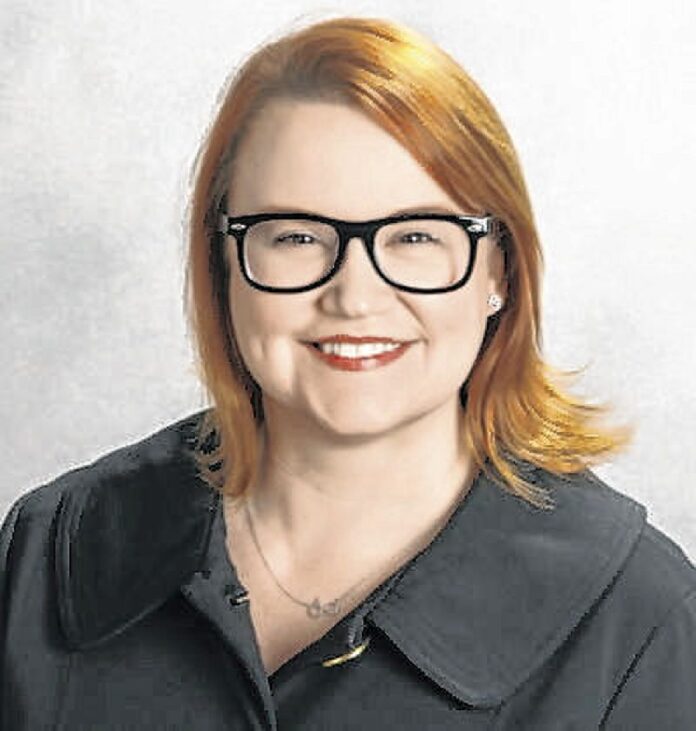The county is participating in a regional effort to make strategic investments, attract talent and grow the economy.
Johnson County and five others — Boone, Hendricks, Montgomery, Morgan and Putnam counties — formed a regional group, dubbed 180 Alliance, to apply for funding to complete projects and implement programming through the Indiana Economic Development Corporation’s Regional Economic Acceleration and Development Initiative (READI).
The READI program dedicates $500 million in state money to promote strategic investments hoped to make Indiana a magnet for talent and economic growth, according to the IEDC. Each region participating in READI partnered to create a shared vision for the future and map out initiatives, programs and projects to attract and retain residents.
Johnson County’s READI leadership team initially tried to partner with Morgan County only, but the plan was rejected and the two counties were asked to join the larger regional group. The idea behind the initial partnership was that the two counties had similar goals of preparing their infrastructure for growth made possible by Interstate 69, said Kevin Walls, a county commissioner and member of the county’s leadership team for READI.
The regional plan will still help the county prepare for growth at I-69, but that is just one prong of the larger plan to spur growth in Bargersville, eastern Morgan County and the rest of the region.
Leaders from across the region came together and talked about what is working well in their communities and what needs work, said Amanda Rubadue, vice president of economic development at Aspire Johnson County and a member of the county’s leadership team for READI. Through that sharing process, the group and HWC Engineering put together a 166-page grant application that was submitted to IEDC last month.
The regional group will present to the IEDC, which will make decisions about which parts of the plan, if any, are approved for state funding before the end of the year, Rubadue said.
The regional approach stemmed from the idea that businesses looking for a place to set up shop and people looking for a place to live start exploring by region then zero in on an ideal location from there, according to the 180 Alliance’s plan.
“Indiana is really, really good at attracting jobs. We are really good at attracting investment. So, this is an initiative to attract those people who will fill those jobs. The end goal is to have more population than you started with,” Rubadue said.
Six goals established for the region are improving downtown quality of life, expanding outdoor recreation, arts and culture, developing housing for talent attraction, improving regional infrastructure and attracting skilled workers, according to the plan.
Quaint downtowns, outdoor recreation and the arts are known strengths for several of the communities in the region, so the application includes several programs designed to promote the growth of those features across the region, including a public art initiative dubbed 180 in Color, and a downtown beautification grant program dubbed 180 Makeover, the plan shows.
Several large projects aimed to bring housing, develop infrastructure and attract workers are also part of the plan, including some in Bargersville and Franklin.
A sewer project would expand capacity at the I-69 and State Road 144 interchange. Additional capacity is needed, particularly on the Bargersville side, to coincide with a planned mixed-use development by Duke Homes and future development in the area.
A trail extension is also proposed to connect Bargersville to Morgan County. The new 3-mile section of trail would run from the State Road 144 and Whiteland Road roundabout to the White River Trail in Waverly. Another extension in Morgan County would extend the trail across the White River via a new pedestrian bridge, according to the plan.
Also part of the plan is a Franklin sports park, which is still in the early stages. The indoor-outdoor, multi-sport youth athletic complex would be a collaboration between the city and Franklin College, with the first stage of the project being the Johnson Memorial Health Athletic Annex that is under construction right now at the college, Rubadue said.
Affordable housing, including workforce housing for lower- and middle-income families, is a universal need across the region, as housing prices are higher than the U.S. median in most communities in the region due to low stock and pent-up demand, the plan shows.
Two housing projects in Johnson County, a 322-home subdivision to be built on Hurricane Road in Franklin, and White River Crossing, a mixed-use development to be built at the I-69 and State Road 144 interchange, were listed as projects that would provide new housing options. The Franklin subdivision includes homes priced at $285,000 and up, while White River Crossing would include market-rate apartments.
Talent development is another vision regional leaders share. To help grow the region, leaders hope to replicate Aspire’s Employer Resource Network, a career coaching program designed to keep employees on track and lead them to resources to grow their skills. The expansion would take Aspire’s concept and expand it to support employers across the region, according to the plan.
To expand on those efforts in Johnson County, a new Flex Lab is proposed at Ivy Tech’s Franklin campus. The project would be a renovation of an existing campus building to provide several classroom spaces to teach skills that are in-demand with local manufacturers and in the nursing and technology fields, the plan shows.
READI groups must find matching funds from philanthropic and private groups, as well as public dollars each will pledge. The IEDC expects about $2 billion in local public, private and philanthropic match funding will be generated to pair with state dollars.
Which projects receive funding will determine how much each community puts in for the match and which communities are on the hook to find private matching funds, Rubadue said.
Johnson County projects would require an $8.5 million local match and several million from private investors.





